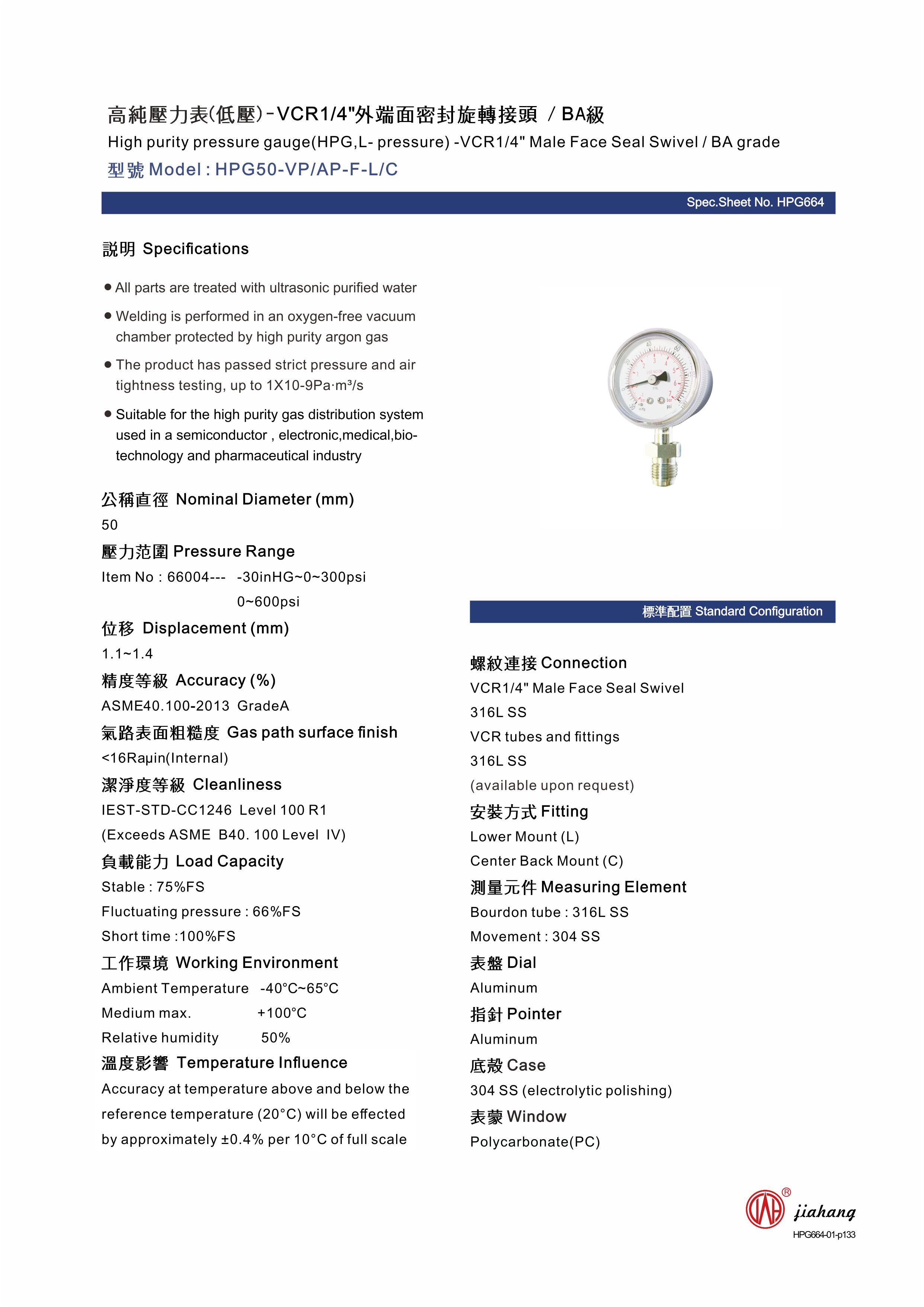
lis . 14, 2024 11:15 Back to list
differential pressure gauge types product
Understanding Differential Pressure Gauge Types An Overview
Differential pressure gauges are essential tools in various industrial applications, providing critical measurements that ensure operational efficiency and safety. These devices measure the difference in pressure between two points in a system, which is vital for monitoring processes like filtration, flow measurements, and level detection. This article will explore the different types of differential pressure gauges, their working principles, and applications.
Types of Differential Pressure Gauges
1. Bourdon Tube Gauges A traditional type of pressure gauge, Bourdon tube gauges utilize a curved tube that straightens under pressure. The amount of straightening correlates to the pressure difference, which is then indicated on a dial. While they are not as commonly used for differential pressure applications, some models can be adapted for this purpose. They are robust, relatively inexpensive, and offer good accuracy for various pressures.
2. Diaphragm Gauges Diaphragm gauges use a flexible membrane that deflects under pressure changes. The deflection is translated into a pressure reading. These gauges are particularly suitable for applications involving corrosive or viscous fluids, as the diaphragm can be designed to withstand such conditions. They are often used in HVAC systems, chemical processing, and water treatment facilities.
3. Capsule Gauges Similar to diaphragm gauges, capsule gauges contain a pair of metal diaphragms that form a capsule. Changes in pressure cause the capsules to expand or contract, leading to a measurable movement that indicates the differential pressure. Capsule gauges are highly sensitive and are often employed in applications requiring precise measurements, such as laboratory and pharmaceutical settings.
4. Electronic Differential Pressure Gauges Modern advancements in technology have led to the development of electronic differential pressure gauges. These devices utilize sensors such as piezoelectric or capacitive transducers to convert pressure differences into electrical signals. The major advantage of electronic gauges is their ability to provide digital readouts, often equipped with features like data logging, remote monitoring, and alarm functions. They are widely used in automation systems and processes where quick and accurate measurements are critical.
differential pressure gauge types product

5. Manometer Types Manometers can also measure differential pressure by comparing the heights of two columns of fluid. This type includes U-tube manometers and digital manometers. U-tube manometers are visual and simple, making them suitable for educational purposes or low-pressure applications. Digital manometers offer improved accuracy and ease of use, with readings displayed on screens, and are often used in HVAC and laboratory applications.
Applications of Differential Pressure Gauges
Differential pressure gauges are employed in various industries, such as
- Oil and Gas Monitoring pressure variations in pipelines and storage tanks to ensure safe operations. - Water Treatment Assessing filter performance and identifying when maintenance is needed. - HVAC Systems Regulating airflow and ensuring that systems operate efficiently to maintain comfort and air quality. - Pharmaceuticals Ensuring precise measurements in sensitive production processes to maintain product quality and compliance with regulations.
Conclusion
Differential pressure gauges are vital instruments in measuring pressure differences across systems, enhancing operational efficiency and safety across various industries. Each type of gauge offers unique features, making them suitable for specific applications. Understanding the types of differential pressure gauges available and their respective uses can help professionals select the most appropriate tool for their needs, leading to better performance and reliability in their processes. As technology continues to evolve, the capabilities of these gauges are likely to expand, offering even greater accuracy and functionality in the future.
-
High-Precision 5 Valve Manifold Differential Pressure Gauge Suppliers
NewsApr.29,2025
-
High-Precision Diaphragm Vacuum Pressure Gauges Manufacturers & Quotes
NewsApr.29,2025
-
Omega Differential Pressure Gauges High Accuracy & Durability
NewsApr.28,2025
-
Low Pressure Differential Pressure Gauges Precision Solutions & Quotes
NewsApr.28,2025
-
Digital Diaphragm Pressure Gaauge Precision Measurement & OEM Quotes
NewsApr.28,2025
-
Differential Pressure Gauge China Price High-Accuracy & Best Quotes
NewsApr.28,2025
